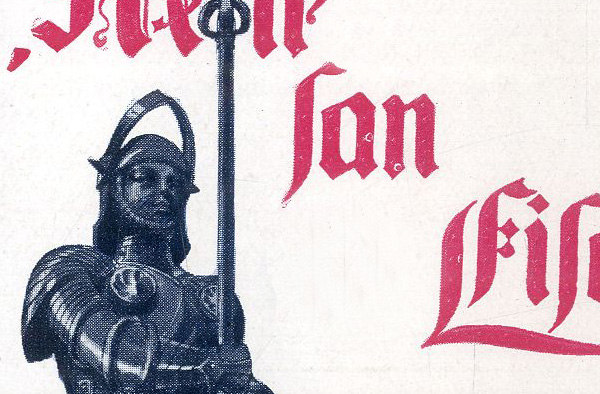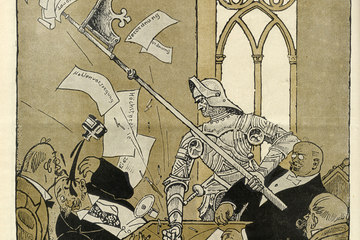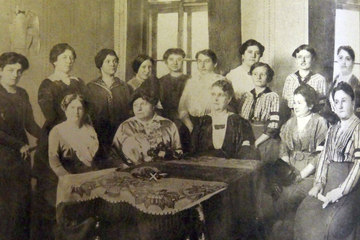The Vienna Town Hall in the First World War
The four and a half years of war from 1914 to 1918 transformed Vienna. The dismal everyday lives of the Viennese marked by hunger and deprivation turned the once glorious capital of a great empire of 53 million and imperial residence into a “dying city”. The city was afflicted more and more by demoralisation and exhaustion, drained by the mobilisation of all energies and resources for the front. Normal life was slowly strangulated by galloping inflation, undernourishment, the cutting-off of imports, the prioritisation of the armaments industry and a transport system subordinated to the war. By the end of the war, Vienna was more or less in a state of emergency. Strikes and readiness for revolution were fuelled by the desperate situation in provisioning. After the collapse of the Monarchy, famished Vienna remained the capital, but of a new state and in completely different circumstances. The mayor and municipal administration tried to motivate the population in 1914 to commit themselves to patriotism and mobilisation, but a short time later had to conciliate the public in death, distress, urban collapse and political polarisation. Yet, despite revolutionary upheavals, they managed to retain continuity in politics and administration.
Translation: Abigail Prohaska








